From old favourites to unusual drink pairings and a cricket or two, there's a lot to look forward to.

Picture: TSPL
Ray Clynick, owner and head distiller at Dumfries-based Oro Distilling Co, says: “Gin is going nowhere fast, but the way people are drinking it is starting to change.
"Rather than always opting for a G&T at home, I predict we’ll see a trend for more people sipping their gin in the form of a cocktail. Negronis are becoming increasingly popular, and they’re a really easy one to make at home.
“In previous years, there has been a huge rise in the number of flavoured gins and gin liqueurs on the market.
"This year, however, there’s a move away from fruity flavours towards more floral botanicals, such as our new Oro V gin which uses lavender to create a fresh, light finish.”

Picture: Otro Facebook
Matthew Korecki, owner of Edinburgh’s award-winning New Chapter and Otro restaurants commented: “People are now looking for a little something extra when they dine out, so I think restaurant experiences are going to be a big trend this year.
"Whether it’s a themed menu, theatrical cocktail or an unusual way of dining, customers want each meal to be memorable.
"For example, we’ve created a Harry Potter potion cocktail with dry ice in celebration of Harry Potter Book Night, and it has proved hugely popular with diners looking to make their evening extra special.”
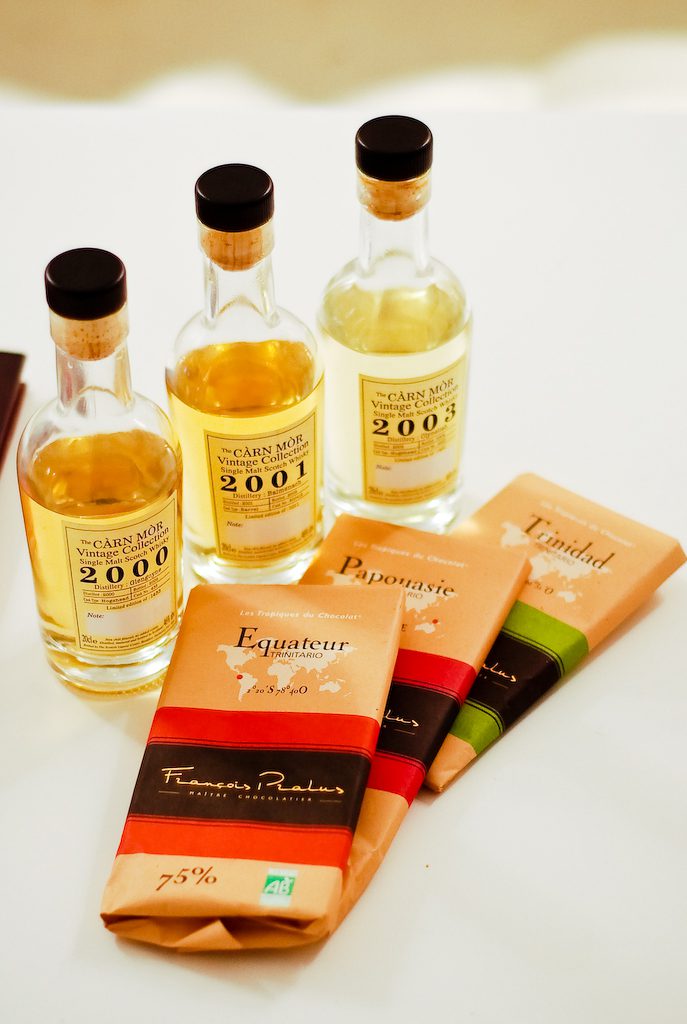
Picture: Flickr/Everjean
Gone are the days of whisky being seen as an 'old man' drink or that a single malt cannot be enjoyed in any other way than on the rocks or neat.
Mixologists and brand ambassadors have been creating exciting and accessible cocktails using a range of malts, and now whisky and food pairing is becoming increasingly popular.
Rachel Brown-Forman, master blender for The GlenDronach, BenRiach and Glenglassaugh said: "2019 is a year for the curious.
"Malt whisky is increasingly reaching new consumers, whether whisky adventurers looking to explore, or those seeking quality and authenticity.
"City dwellers can enjoy malt paired with food, 'flights' of malt expressions, or indeed whisky-based cocktails with the emergence of whisky bars in Scotland and around the globe."
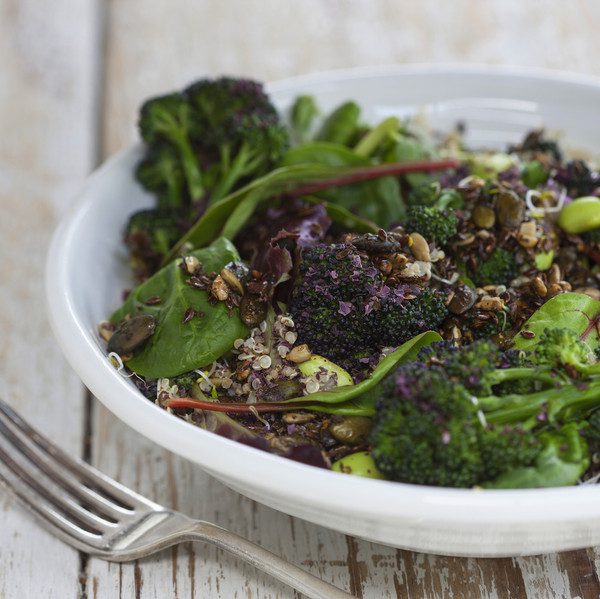
Picture: Mara Seaweed
Often used in sushi and oriental cooking, seaweed as a seasoning has been quietly making waves in foodie scenes thanks to Scottish companies such as Mara Seaweed.
Winter is the best time to forage seaweed, and it can often be used raw. Billy Boyter, who forages for seaweed in the East Neuk of Fife where his Michelin starred Fife restaurant, The Cellar in Anstruther is based said: “We use pepper dulse, which is phenomenal. You can dry the pepper dulse and put it into cures for fish or use it as a seasoning.”
Mara Seaweed SeaEO Fiona Houston said: “Mara is bringing an ancient superfood to the customer in a format that’s easy-to-use and understand – a shake-on seasoning."
“We believe that our seaweed is relevant to consumers who want to buy products with both great taste and fantastic nutritional benefits. As well as enhancing the flavour of food, Mara Seaweed offers a way of reducing salt while adding a superboost of healthy essential minerals, fibre and protein.”
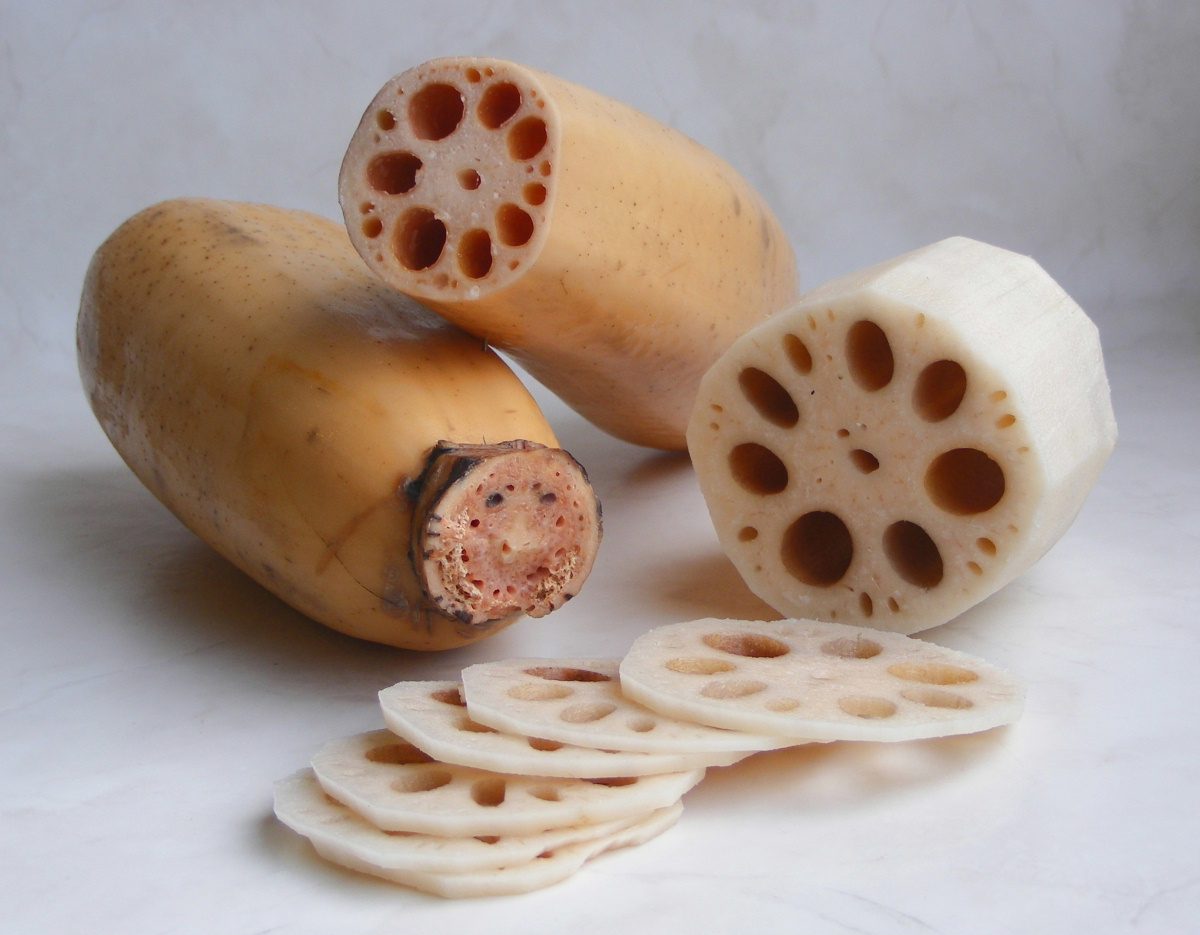
Picture: WikiComms/FotoosRobin
While we have all loved Indian and Chinese foods, this year will see the use of lesser known ingredients which not only taste great but look fabulous.
Jimmy Lee, Head Chef at Lychee Oriental, Glasgow said: "As diners are becoming more adventurous, we are seeing Chefs adopting the use of Asian vegetables.
"The Lotus root is one such vegetable. In China, this root vegetable is used mainly in Chinese soups however chefs are beginning to use this unusual shaped vegetable to add texture and extra flamboyancy in presentation.
"I see this trend continue as not only are Crispy Lotus Roots tasty but make for amazing pictures when used as plate decoration."
Stuart Ralston, who runs restaurant Aizle in Edinburgh, agrees, he said: “The thing I’m most excited about at the moment is koji, the fungus species that Japanese chefs use to make sake or miso.
"We’ve been using it to help age our meat faster and it’s a really cool process which gives a great flavour.”
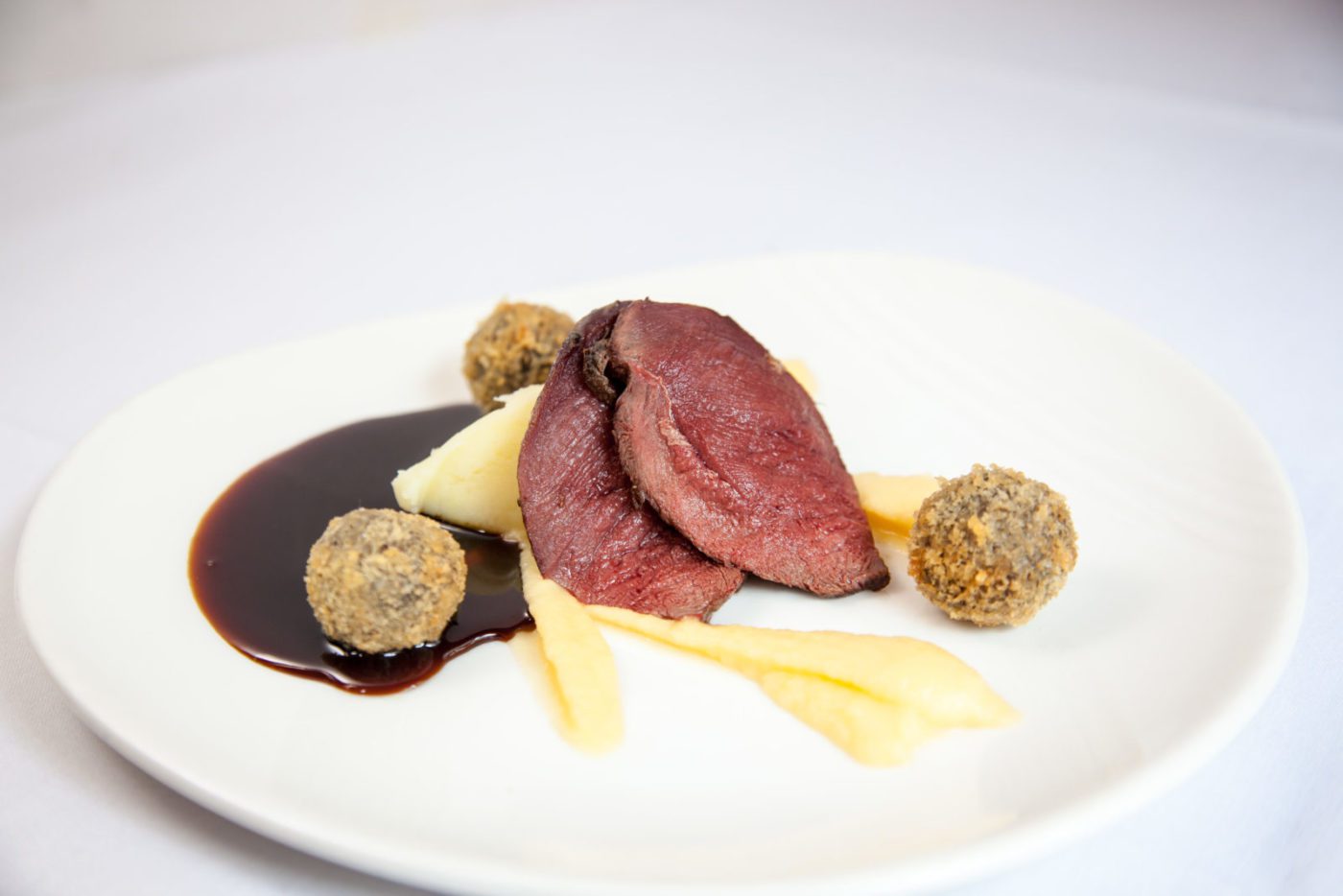
Picture: Pigeon, haggis, neeps and tatties
With reports suggesting we should be eating less meat, those not ready to give up on protein should look to game. With less fat, game will also not have been intensively farmed.
Look out for produce such as grouse, pigeon and hare whether you're eating out or want to cook something different at home.
Chefs are also using more game as a sustainable meat source, and have seen diners become more adventurous when it comes to choosing game-led dishes.
Ben Watson, executive head chef at The Bridge Inn at Ratho, said: “Wild game is healthier than intensively farmed meats. It has virtually no fat, it’s high in omega 6 and 3 and hasn’t been fed antimicrobials and it tastes better!”
Restaurant manager of Edinburgh's Little Chartroom, Shaun McCarron, added: “When we first opened we were scared to put grouse on as the only meat option but when we put it on as a special it sold out every time and then we had hare and we sold loads of it.”
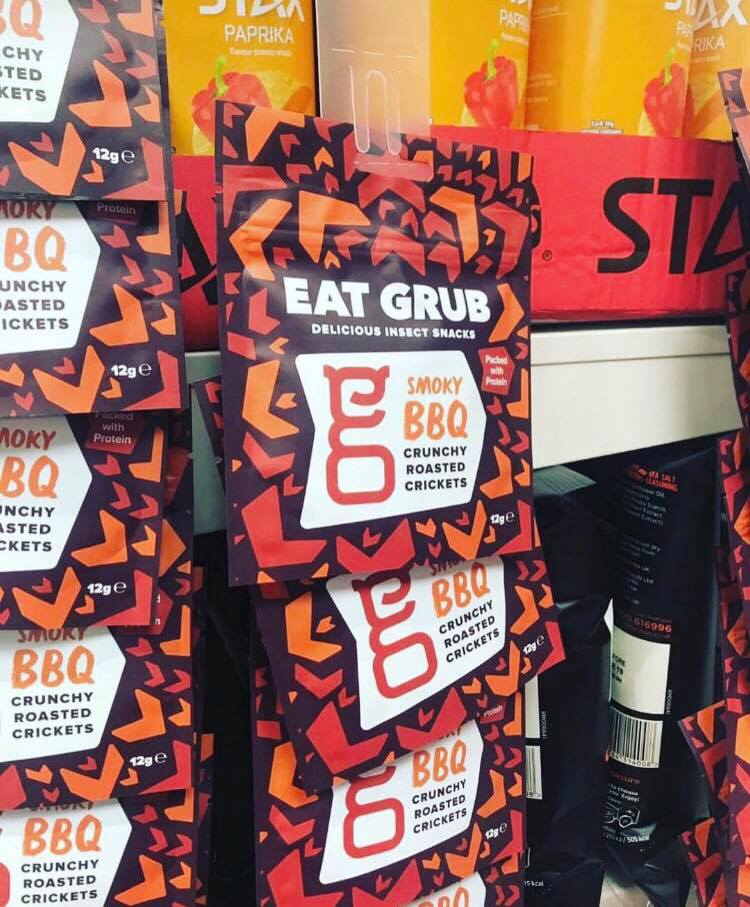
Picture: Eat Grub Facebook
Insects as a snack or even part of a bigger meal look set to become one of the more controversial food trends in 2019.
Earlier last year a Highland hotel hit the headlines when it introduced a midge burger to its menu.
Brander Lodge owner David Keat said: “We just thought that, with ants and grasshoppers on menus across the world, Scotland has a ready supply of protein-filled midges and because of our location we have an ample supply of the wee blighters.”
And, at the end of 2018 Sainsbury’s made the news when they started selling Eat Grub’s Smoky BBQ Crunchy Roasted Crickets.
Paul Wedgwood of Wedgwood the Restaurant thinks that more chefs will be adding creepy crawlies to their menus soon.
“As chefs look to become more sustainable, it’s the next logical step,” he says.
“I’ve eaten insects in Noma in Denmark, one of the world’s best restaurants. I also work closely with some foragers who are keen to push me down that route.”
